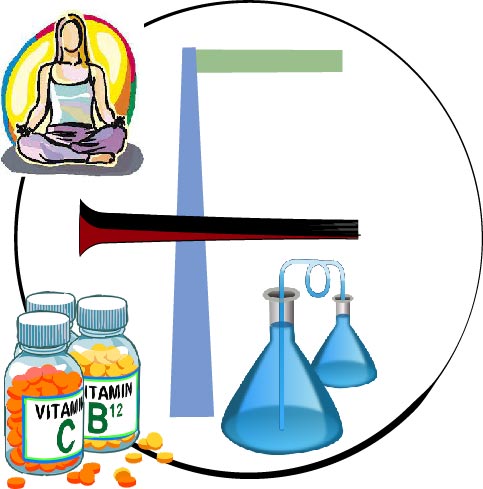Method B in heavy metal testing is used for substances that do not yield clear, colorless solutions when tested under Method A. It involves reacting the sample with hydrogen sulfide or sodium sulfide to form colored metal sulfides, which are then compared to a standard lead solution to determine if the sample meets the limit of 20 parts per million for heavy metals.
Here’s a more detailed explanation:
1. Purpose:
Method B is specifically designed for samples that interfere with the standard Method A procedure (which uses clear, colorless solutions) or for substances like oils that might not be suitable for Method A.
2. Procedure:
A portion of the test solution is prepared (often by dissolving the substance in water or another suitable solvent).
The solution is then acidified (often with hydrochloric acid).
Hydrogen sulfide or sodium sulfide is added to the acidified solution.
This reaction causes heavy metal ions to precipitate as colored metal sulfides.
The color intensity of the resulting solution is compared to a standard lead solution to assess the level of heavy metals in the sample.
3. Comparison to Method A:
Method A is for clear, colorless solutions, while Method B is used when the solution is not clear or colorless, or if it interferes with the standard reaction. Method C, if available, uses sodium hydroxide for substances that give a clear colorless solution in it.
4. Key Reagents:
The key reagents involved in Method B are:
Hydrogen sulfide (H2S) or Sodium sulfide (Na2S): These react with heavy metal ions to form colored metal sulfides.
Standard Lead Solution: Used as a reference to compare the color intensity of the test solution.
Acid (e.g., Hydrochloric Acid): Used to acidify the test solution, which is necessary for the reaction with hydrogen sulfide or sodium sulfide.
